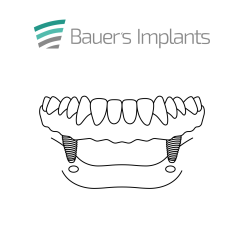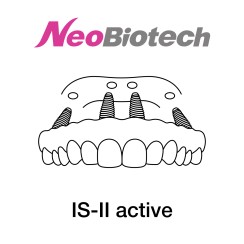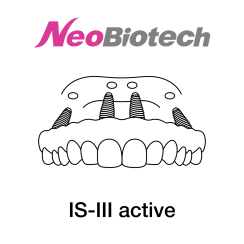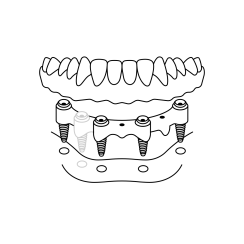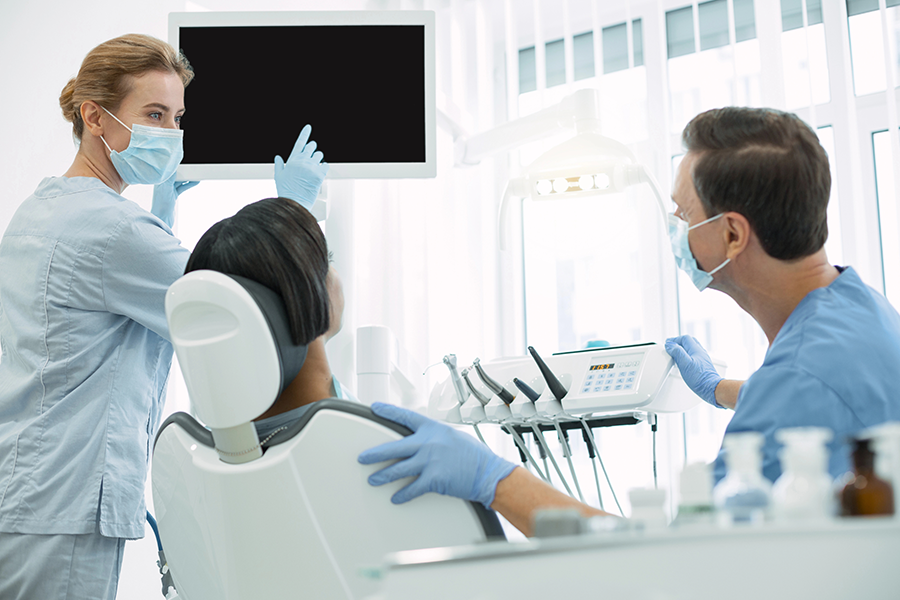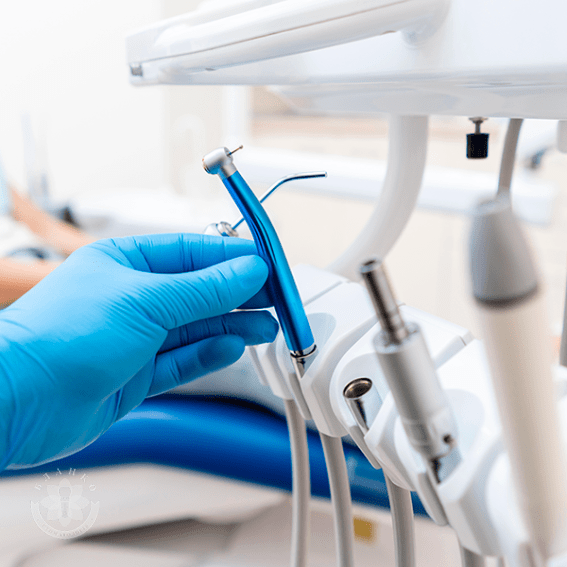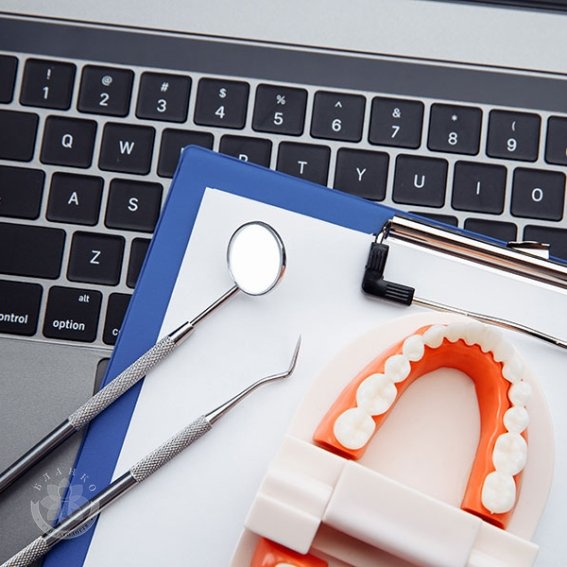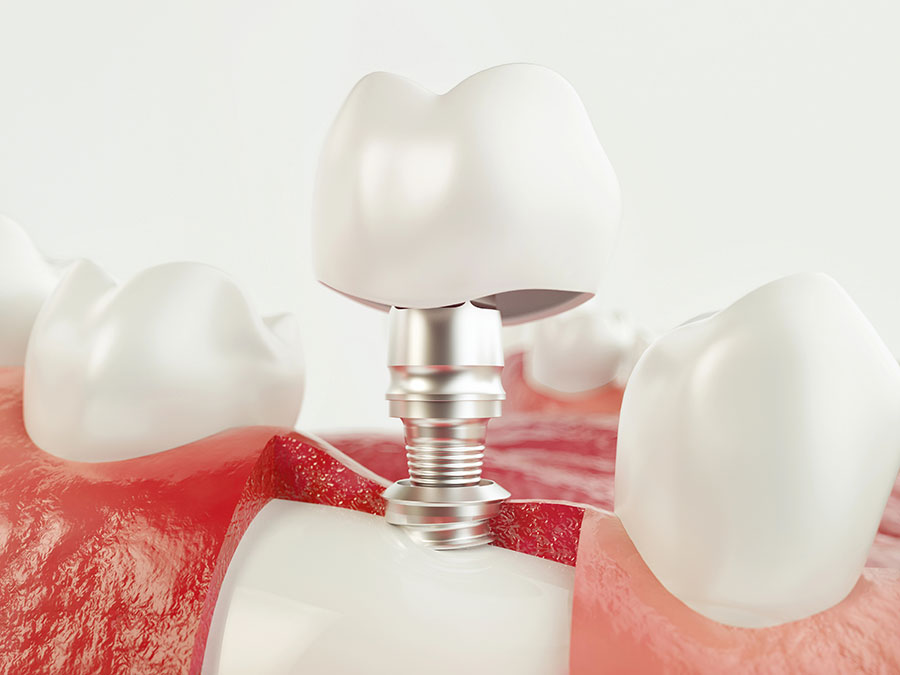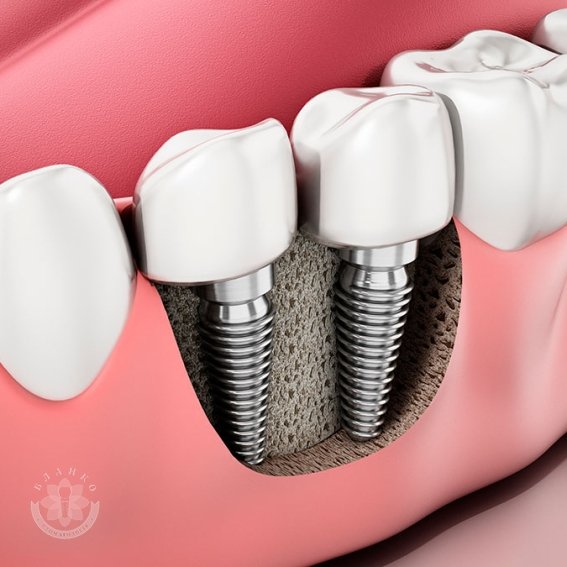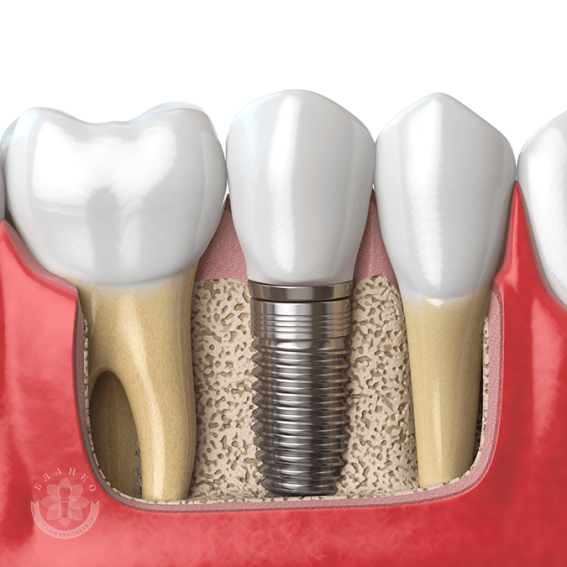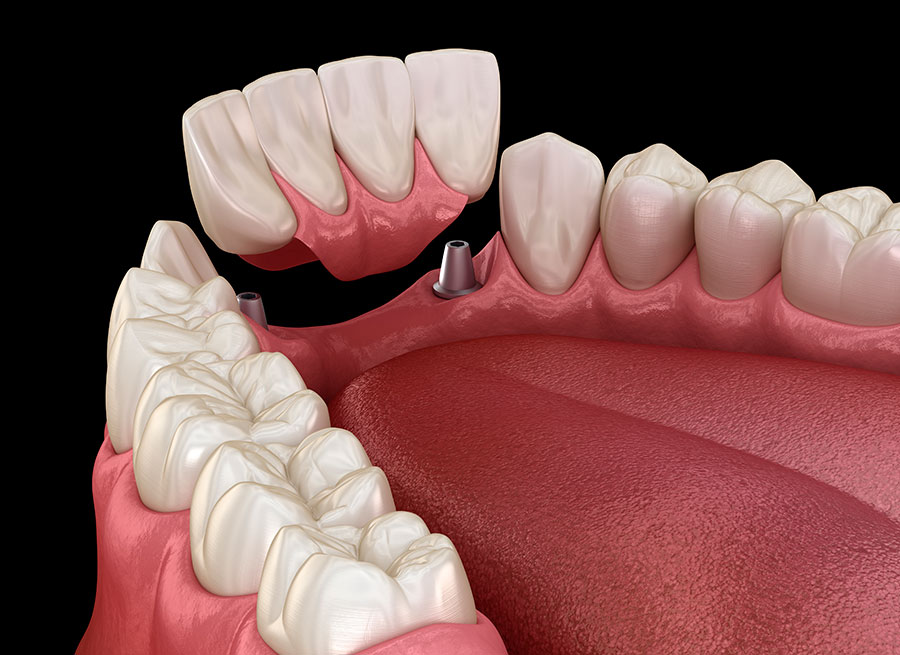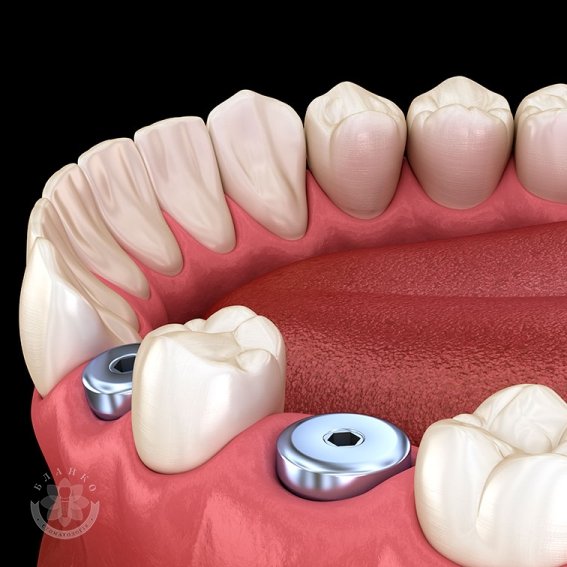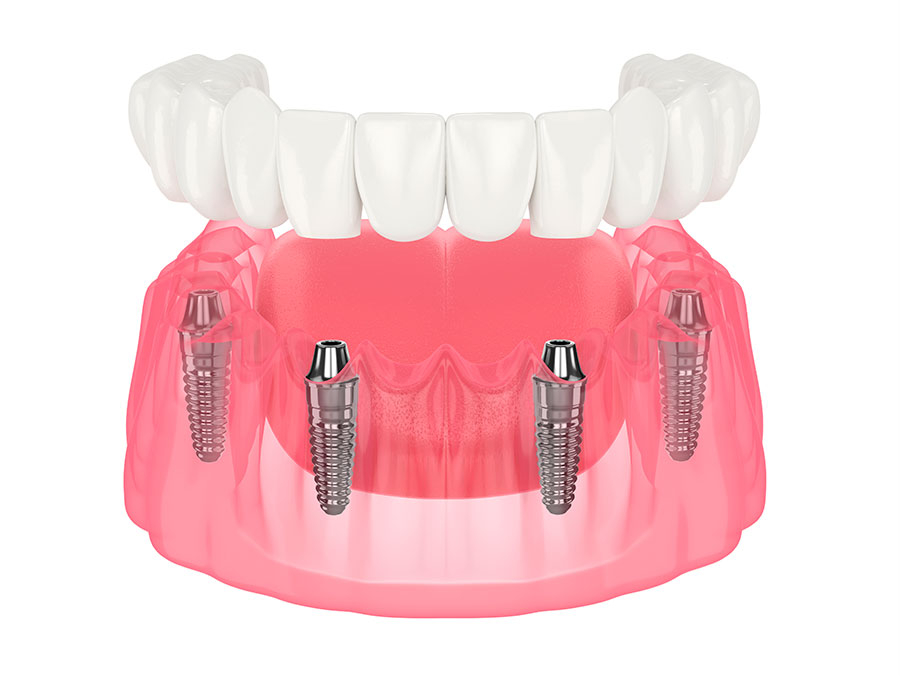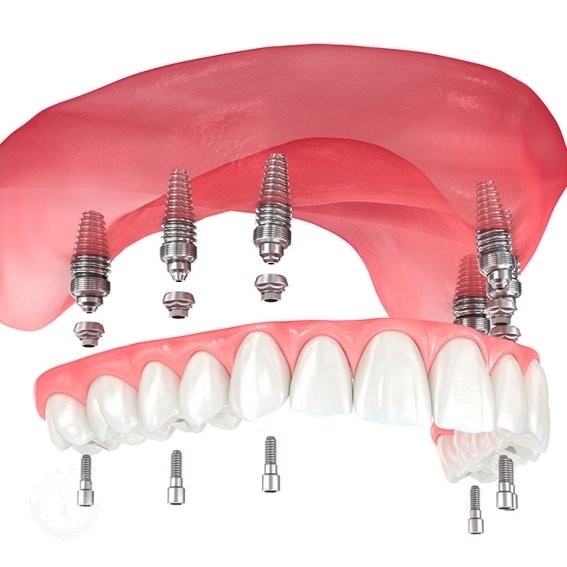
- Type of implants and their manufacturer
- Qualifications of the doctor and the clinic
- Diagnostics and preparatory procedures

| Service name | Price |
|---|---|
| Установка четырёх имплантов Bauers ( Украина ) + несъемная ортопедическая конструкция, фиксация «мульти-юнит» Под ключ | 89299 ₴ |
| Установка четырёх имплантов NeoBioTech IS II Active ( Южная корея ) + несъемная ортопедическая конструкция, фиксация «мульти-юнит» Под ключ | 97459 ₴ |
| Установка четырёх имплантов NeoBioTech IS III Active ( Южная корея ) + несъемная ортопедическая конструкция, фиксация «мульти-юнит» Под ключ | 102899 ₴ |
| Установка четырёх имплантов ICX ( Германия ) + несъемная ортопедическая конструкция, фиксация «мульти-юнит» Под ключ | 140499 ₴ |
| Установка четырёх имплантов Straumann ( Швейцария ) + несъемная ортопедическая конструкция, фиксация «мульти-юнит» Под ключ | 268779 ₴ |
| Установка дополнительного импланта в концепции «all-on-four» | 11819 ₴ |
| Временная несъемная ортопедическая конструкция «всё на четырёх» система фиксации «мульти-юнит» | 26419 ₴ |



-
stageInitial consultation and diagnostics
-
stageSurgery planning and simulation
-
stageSurgical stage – installation of implants
-
stageOsseointegration is the process of implant engraftment
-
stageInstallation of a temporary orthopedic structure
-
stageInstallation of a permanent non-removable orthopedic structure
Planning the operation
Based on the diagnostic data, the doctor develops a treatment plan, which includes the number and location of implants, the type of orthopedic structure (in this case, fixed),as well as the choice of materials and anesthesia methods.
General recommendations before the operation
- Smoking cessation. Smoking slows down the tissue healing process and can negatively affect the survival of implants. It is recommended to quit smoking 2-3 weeks before the operation.
- Nutrition. A few days before the operation, you should exclude heavy and fatty foods from your diet to reduce the load on the body. It is also recommended to eat more foods containing vitamins and minerals to strengthen the immune system.
- Medications. Discuss with your doctor the intake of medications, especially if you are taking anticoagulants (blood thinners). They may need to be temporarily stopped or replaced.
Psychological preparation
Implantation is a serious surgical intervention, so it is important to be psychologically prepared for the procedure. Calmness and trust in the doctor will help reduce stress and fear before the operation.
Day of surgery
On the day of implantation, it is recommended to come to the clinic on an empty stomach if the surgery is performed under general anesthesia. Clothing should be comfortable, and before the procedure, it is necessary to discuss all the details with the doctor in advance to avoid misunderstandings.
Following these recommendations, you will be able to prepare as much as possible for the installation of implants and increase the chances of successful healing and comfortable recovery.


If implants are not installed in time, the bone in the place of missing teeth will begin to atrophy. Over time, bone tissue becomes thinner and decreases in volume, which can complicate subsequent installation of implants, requiring additional bone grafting.
“Lack of teeth leads to bone atrophy. The longer the installation of implants is delayed, the more bone is lost, which in the future may require complex restoration.”

When teeth are missing, adjacent teeth begin to shift into the vacated space, which can lead to a bite disorder. This can cause discomfort when chewing, as well as lead to painful sensations in the jaw and temporomandibular joint.
“Tooth loss and the lack of timely implantation can cause the displacement of adjacent teeth, disrupting the correct bite and leading to problems with joints and chewing muscles.”

Teeth play an important role in the articulation of sounds. If missing teeth are not restored in time with implants, this can lead to speech defects, especially if the front teeth are missing. In addition, tooth loss often leads to a change in the shape of the face, which can negatively affect the appearance.
“The absence of teeth affects not only chewing functions, but also speech, making it less clear. In addition, the face can become more sunken, which visually ages a person.”
The installation of four turnkey implants is one of the modern methods of restoring teeth in cases of complete edentia. The procedure usually includes several stages. First, diagnostics are performed using computed tomography to assess the condition of the bone and determine the most optimal places for installing implants.
Then, under local anesthesia or sedation, four implants are installed (most often using All-on-4 technology),two of which are fixed at an angle to maximize the use of bone volume. After implantation, the patient is temporarily fitted with a non-removable orthopedic structure, which allows them to return to normal life until the integration of the implants into the bone is complete. After complete engraftment (about 3-6 months),a permanent orthopedic structure is installed.
The turnkey service implies a comprehensive approach to dental restoration, including all stages of treatment from diagnostics to installation of a permanent orthopedic structure.
The cost usually includes: initial consultation, computed tomography, preparatory procedures, the implants themselves, surgery, temporary and permanent orthopedic structure, as well as postoperative monitoring. The patient does not need to worry about additional stages, since the entire treatment process is controlled by the clinic.
All-on-4 technology has several key advantages.
Firstly, it allows for the installation of a fixed orthopedic structure on just four implants, which reduces surgical invasiveness and cost compared to traditional methods that require a larger number of implants.
Secondly, this technique is suitable for patients with bone tissue deficiency, since two of the implants are installed at an angle, which helps to avoid the need for bone grafting. Finally, the recovery procedure is faster, and the patient can receive a temporary structure on the day of implant installation.
With proper care and regular visits to the dentist, implants can last a lifetime. An orthopedic structure on implants can also last for many years, but it may require correction or replacement after 10-15 years, depending on the materials and operating conditions.
For the durability of implants, it is important to follow oral hygiene recommendations, regularly clean the structure and undergo preventive examinations at the dentist every 6 months.


